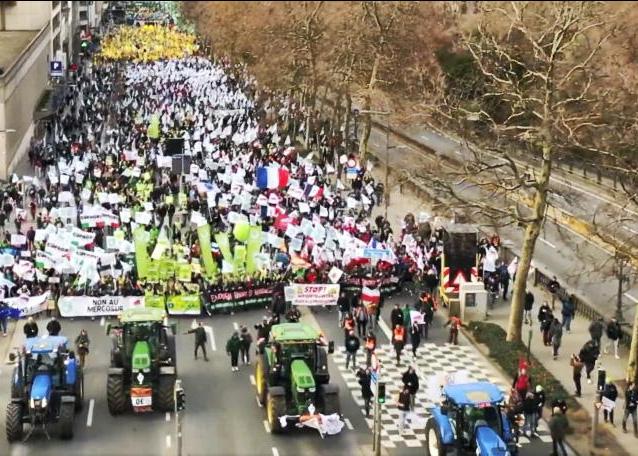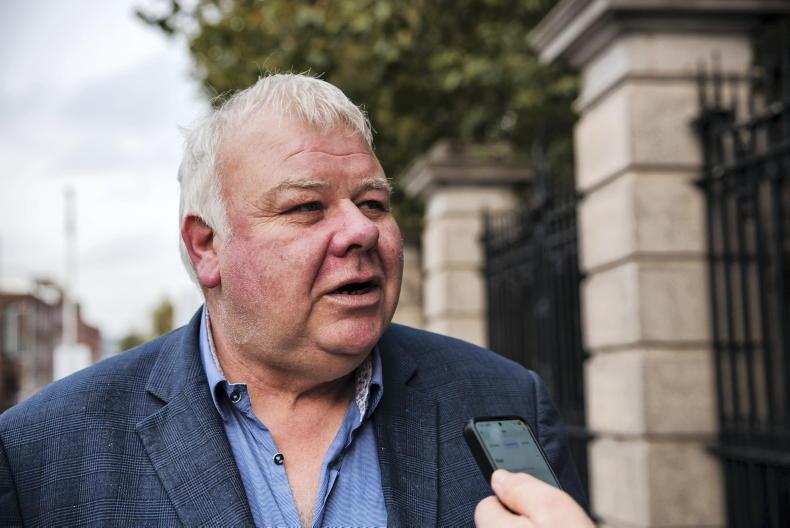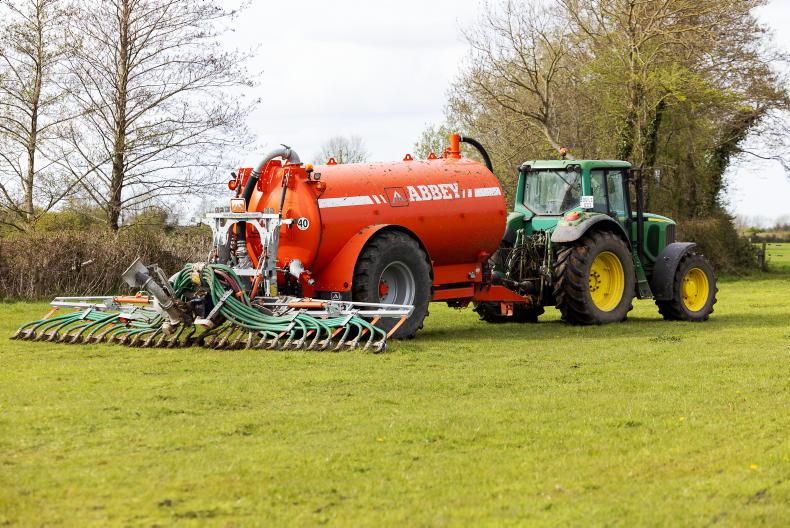Derogation
Farmer anger over the cut to the derogation is not because profit is more important than water quality, it is because cutting the derogation will not improve water quality, but it will reduce profit.
It remains to be seen what areas will be at 220kg and what areas will be at 250kg/ha. There needs to be clarity on this issue as soon as possible so that affected farmers can plan on what to do. So what are the options?
Removing less productive animals from the farm is probably the first option. Beef animals, cull cows and surplus replacement heifers can be reduced.
Depending on price, the next best option will probably be to take on as much extra land as is required to get the average nitrate levels under 220kg N/ha. After that, contract rearing and exporting slurry followed by reducing cow numbers will probably be the best options.
Exporting slurry
Work out the surplus organic N across the farm. This is the difference between actual kg N/ha and 220kg N/ha multiplied by all eligible hectares on the farm. For example, a 40ha farm at 230kg N/ha has an organic N surplus of 400kg.
Divide this by 2.4 to work out how many tonnes of slurry need to be exported because there is 2.4kg N per tonne of slurry. In this case the figure is 166t, or 166m3, or 166,000 litres of slurry. At 100 cows, this is equivalent to approximately 36% of all slurry produced on the farm.
Exporting this much slurry will create a huge hole in the amount of nutrients available on the farm. It might solve a nitrates problem but it will create a P and K problem.
The second thing is that any farm stocked greater than 130kg N/ha and all tillage farms must have soil samples showing the requirement for phosphorus before slurry can be imported on to that farm.
Farms stocked greater than 170kg N/ha cannot import slurry. For me, the big challenge with planning to export slurry is reconciling the big loss of nutrients from the farm.
After all, the main value in slurry is P and K, not nitrogen. Farmers in a derogation who export slurry must register the movement online by 31 October.
The Irish Farmers Journal has created an online calculator at www.ifj.ie/nitrates which allows farmers to see their exposure to the derogation cut and what actions they may need to take.
Dairy Day
We are pleased to announce that Dairy Day is making a return on 23 November this year, after being cancelled for the last few years due to COVID-19. There is a new venue for the event this year – Pairc Ui Chaoimh in Cork city.
This is the first time that an agricultural event has been held at the redeveloped stadium, so the anticipation is building.
Dairy Day will be a mix of exhibitor stands and information arenas, with a blend of topics being discussed from technical farming, animal health, sustainability and financial management to everything outside the farm gate such as milk price outlook, farm policy and future regulation.
Put the date in the diary for now. Further information will be presented over the coming weeks. We look forward to welcoming back exhibitors and guests to Dairy Day 2023 on 23 November at Pairc Ui Chaoimh, Cork , sponsored by NDC/EMF, Bord Bia and Ornua.








SHARING OPTIONS